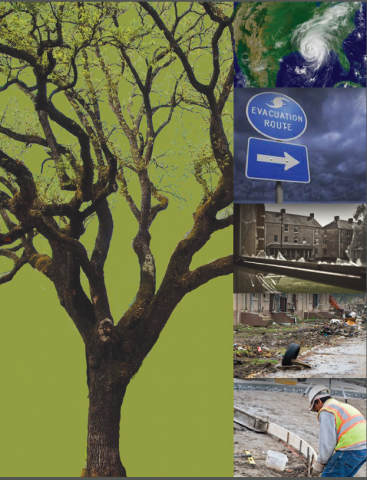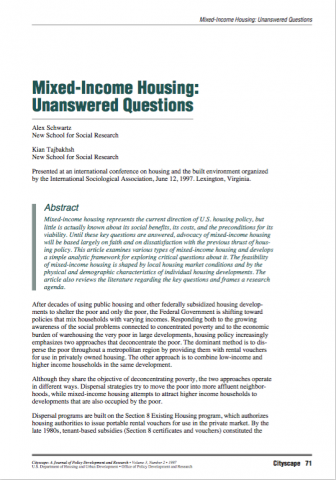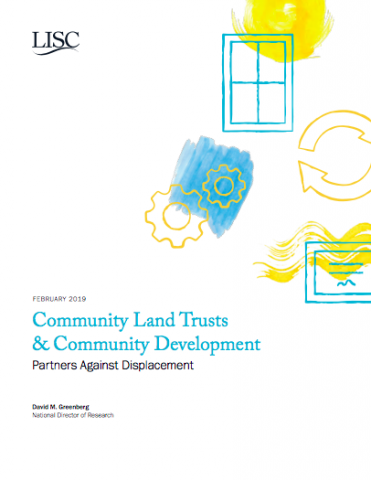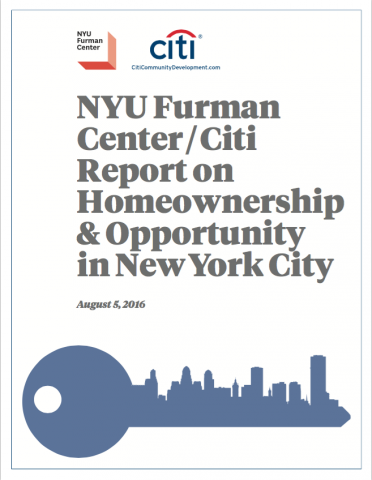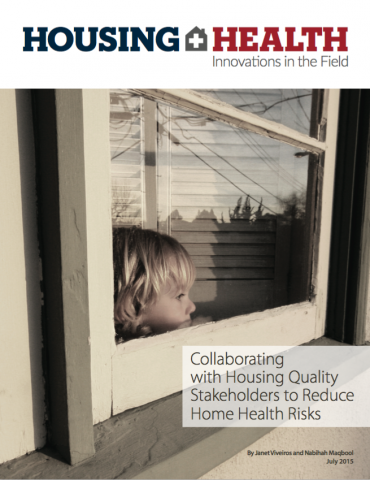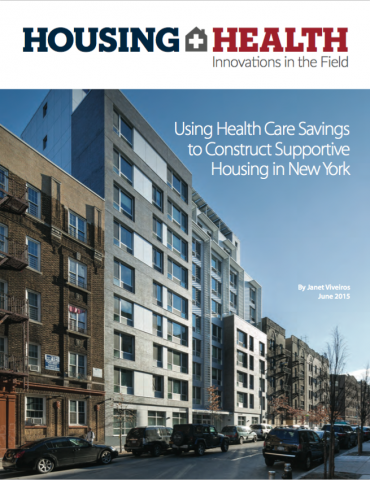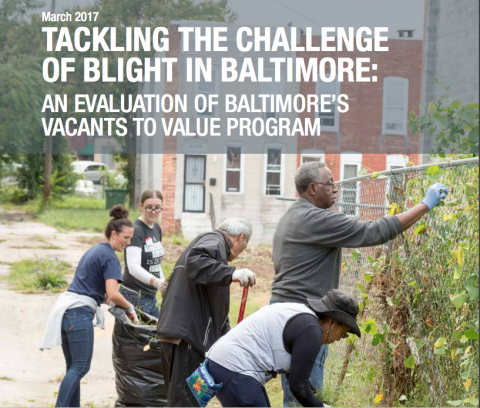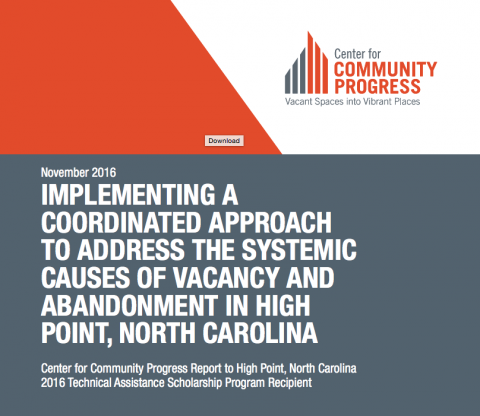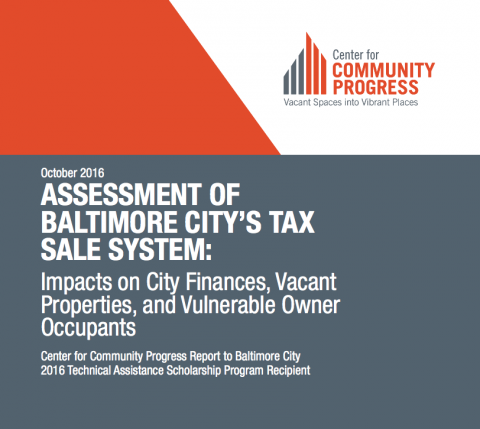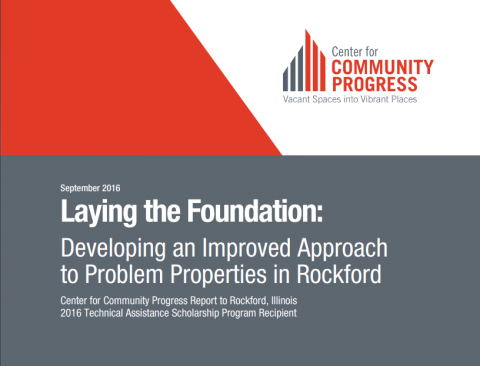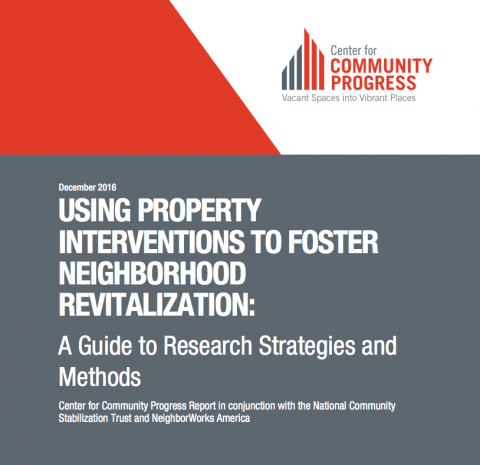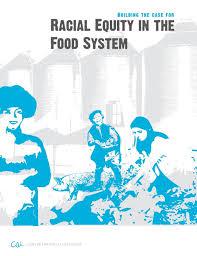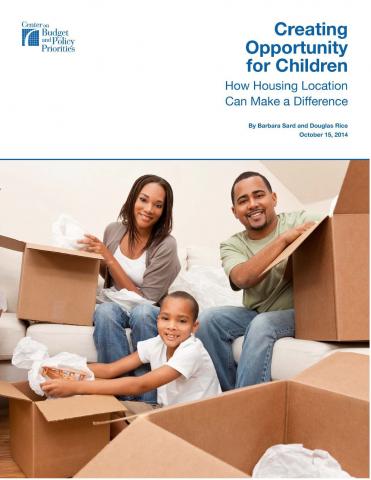Established in 1973, Fenway Community Development Corporation focuses on ensuring Boston’s Fenway neighborhood is economically vibrant, culturally diverse, and holistically healthy. Its work is guided by its Urban Village Plan, a resident-driven vision for the area developed in 1992 and updated several times (most recently in 2015) that includes 5 goals: 1) a sufficient and varied housing supply, 2) access to public transportation and reduced vehicle traffic, 3) community-building facilities, 4) a healthy business community with employment opportunities, and 5) open space and a responsible level of impact upon the environment. The CDC’s programs are credited with developing over 600 affordable homes, preserving affordable housing through grassroots organizing, and providing a range of social services to over 1,000 resident a year.
